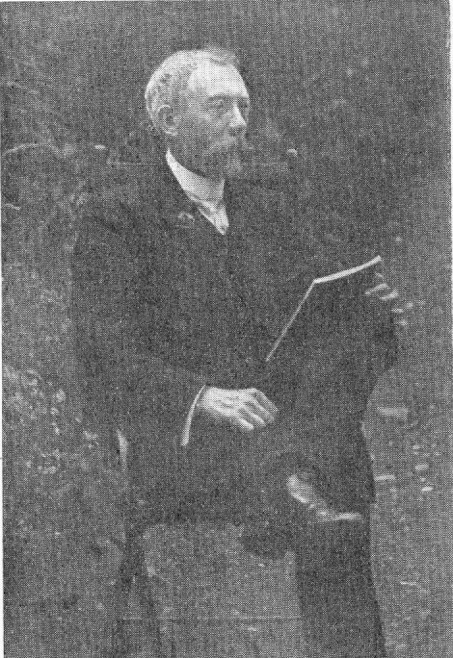
So who was Henry Muncaster?
He started to write for Model Engineer magazine in the early years of the 20th century and continued to contribute dozens of articles until his death in 1935. His professional engineering life was mainly spent among the heavy engineering plant of collieries, iron and steel works, and large pumping installations. He occupied senior positions as draftsman, designer and consulting engineer in the Midlands until he retired to Shropshire.
He was a gifted engineer who loved his profession, who studied the work of the great engineers and was an authority on everything to do with steam engines. He was a prolific draftsman whose delightful model drawings Can be found in his little book Model Steam Engines Their Design and Construction, now published by TEE Publishing.
Like many engineers he was fond of music, notably the organ. He also wrote what were described as ‘entertaining and instructive’ stories for children.
Founder of Model Engineer, Percival Marshall wrote: “He had a very quiet but charming personality, and on many occasions I have had most enjoyable chats with him in my office, when he has been in town.”
Muncaster’s little book was first published in 1912, and revived in modern times by TEE Publishing. Muncaster wrote: “To those of a mechanical turn of mind, nothing has, perhaps, in the whole range of useful inventions, proved a source of more sustained interest than the steam engine. As with many other of the now indispensable contrivances, the steam engine was at first looked on as a toy or an interesting experiment. The extent of its great utility and benefit to mankind could hardly have been dreamt of even in the imagination of the most earnest of its enthusiastic pioneers.
“It is a small wonder, then, that it has provoked so much attention in old and young, and a desire in so many minds to copy and reproduce for pleasure and study.
“Amongst the first to make the steam engine serviceable were Papin, Savory and Newcomen; Humphrey Potter, who as a boy originated the automatic working of the valves; James Watt, the inventor of the separate condenser; Trevethick, Hedley and Hackworth, the pioneers of the Locomotive. After which came a host of workers applying the steam engine to almost every conceivable purpose, perfecting the details and improving its efficiency and economy.
“For the purposes of the model maker, however, it does not follow that the most recent and perfect engines are most suitable; on the contrary, some of the older engines form subjects better adapted and more fitted as prototypes for models, being more picturesque and providing better object lessons.”
Muncaster goes on to describe a whole range of model engines from the simple oscillator to the compound engine with, in-between, several slide valve engines, marine engines, vertical and horizontal engines, and so on. In accordance with his philosophy, every one is most attractive. They can be still be seen at shows today, usually to E. T. Westbury’s re-worked drawings from the 1950s. No doubt many more will appear in future to Julius’ metric drawings.
THE MUNCASTERS
Links to the Muncaster engines to date.
















